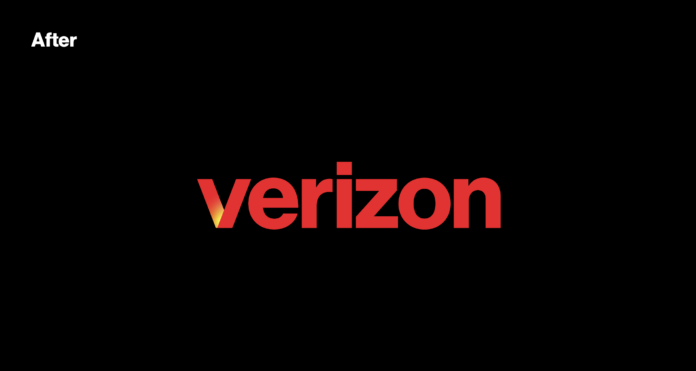Verizon reported improvements to its cash flow and wireless revenue for the fourth consecutive quarter, as well as double-digit broadband subscriber growth
Verizon released second quarter 2024 results today, reporting improvements to its cash flow and wireless revenue for the fourth consecutive quarter, as well as double-digit broadband subscriber growth. However, Verizon’s revenue in the quarter totaled $32.80 billion U.S., slightly missing analyst forecasts, which was set to $33 billion. CEO Hans Vestberg identified the culprit as the decline in wireless equipment revenue as consumers continue to hold onto their phones for longer.
Consumer service
Vestberg, though, also explained on the quarterly call with investors that the impact of company’s overall revenue decline was partially offset by gains in consumer service revenue, which rose 3.7% year over year to $16.3 billion in Q2 2024. Additionally, consumer wireless retail postpaid churn was 1.00% in second-quarter 2024, and wireless retail postpaid phone churn was 0.79%.
The company’s total consumer wireless revenue was $24.9 billion for the quarter, an increase of 1.5% year over year, and its total consumer wireless retail prepaid net losses were 624,000 for Q2, 410,000 of which were the result of the shutdown of the federal Affordable Connectivity Program (ACP), which provided subsidies for internet service.
Fixed wireless access
Last quarter, Verizon for the first time broke out its revenues from FWA, which previously had been included its in wireless service revenue, claiming its best quarterly results at the time in this segment, with a revenue of $452 million and the addition of 203,000 FWA customers. This quarter, revenue was $514 million, up more than $200 million year over year. Verizon also finished out Q2 with 11.5 million total broadband subscribers, of which more than 3.8 million were fixed wireless subscribers, representing an increase of nearly 69% year over year.
When questioned about the value of FWA — particularly when compared to wireless phone subscriptions — on Squawk Box, Vestberg explained the true value comes from creating more utility from the network: “We build the network once, and we have multiple, different services and products on top of it. That gives us the best return on investment,” he said.
Other key takeaways
Vestberg shared on the investor call that Verizon is continuing to expand its C-Band footprint in in suburban and rural areas. “We have nearly half our network traffic running on Ultra Wideband, up from 36% a year ago. That number will continue to grow as we expand C-band reach,” he said. Ultra Wideband is what Verizon calls its C-band and mmWave 5G network.
At the end of June, Verizon announced new products, as well as a rebrand. Specifically, the carrier launched a new home service bundle, myHome, that encompasses home internet, content streaming services, connected home solutions and live TV and revamped its logo to remove the long-standing red check mark and adding a yellow gradient to its “V.” In his Squawk Box interview, Vestberg said that the Q2 results show that these products are “resonating with the market.”
Ultimately, Verizon’s mixed performance for the quarter left investors concerned and the company’s shares dropped nearly 4% in premarket trading.

